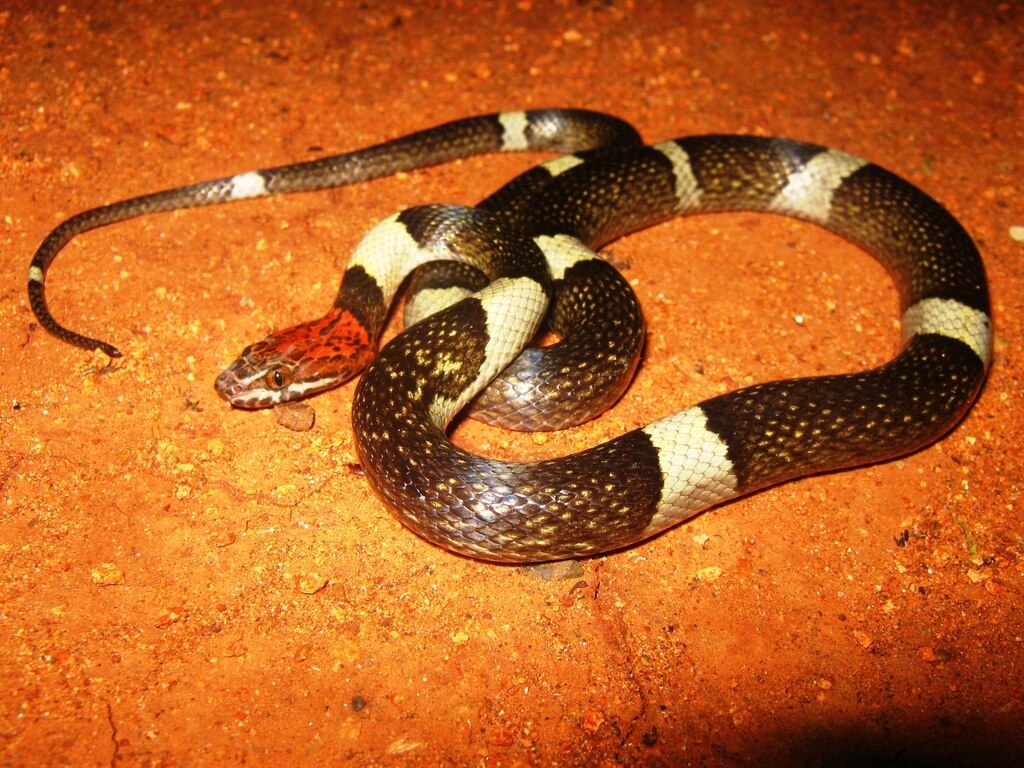Most ground-dwelling snakes are secretive creatures that thrive in environments offering plenty of cover and protection. Whether you’re creating a backyard sanctuary for wild snakes or setting up a naturalistic enclosure for pet snakes, providing appropriate hiding spots and cover is essential for their physical and psychological well-being. Natural cover mimics a snake’s native habitat, allowing them to thermoregulate, hide from predators, hunt effectively, and feel secure. This comprehensive guide explores various methods and materials to create natural, effective cover for ground-dwelling snakes, benefiting both captive specimens and wild populations in your outdoor spaces.
Understanding Snake Habitat Needs
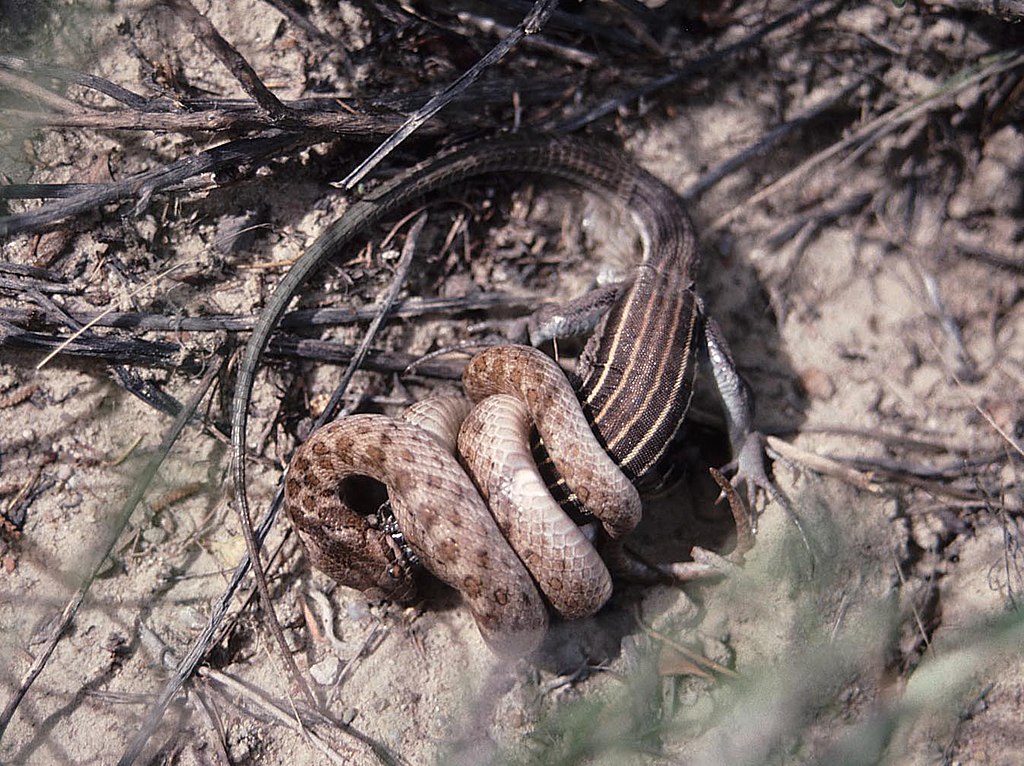
Ground-dwelling snakes have evolved specific habitat requirements that directly impact their survival and well-being. In the wild, these reptiles rely on a complex network of hiding spots, basking areas, and hunting grounds that provide security while allowing them to fulfill their biological needs. Different snake species may prefer specific microhabitats – some favor rocky terrain with numerous crevices, while others thrive in leaf litter or fallen logs in forested areas. By understanding these natural preferences, we can better recreate suitable environments that support snake health and natural behaviors. Most importantly, adequate cover provides snakes with the ability to thermoregulate by moving between sunny and shaded areas, a critical function for these ectothermic animals.
Benefits of Natural vs. Artificial Cover
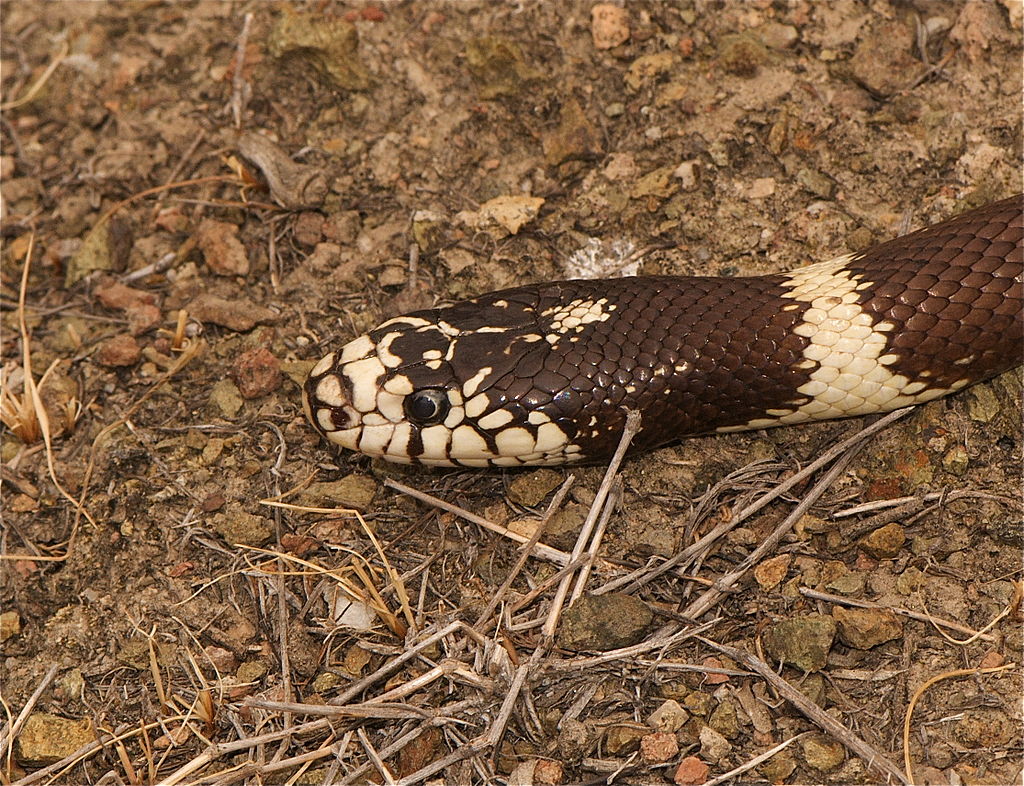
Natural cover materials offer distinct advantages over artificial alternatives when creating snake-friendly environments. While commercial hide boxes and plastic shelters can fulfill basic functions, natural elements like rocks, logs, and native plants more accurately simulate the conditions snakes have adapted to over millions of years. Natural materials often provide superior thermal properties, gradually absorbing and releasing heat in ways that synthetic materials cannot match. Additionally, natural elements support beneficial microorganisms and small invertebrates that contribute to a healthier ecosystem, particularly in outdoor settings. From a behavioral perspective, natural cover tends to elicit more normal behaviors from snakes, allowing them to engage in innate activities like burrowing, climbing on rough surfaces, and utilizing multiple hiding spots throughout their territory.
Rock Formations and Stone Arrangements
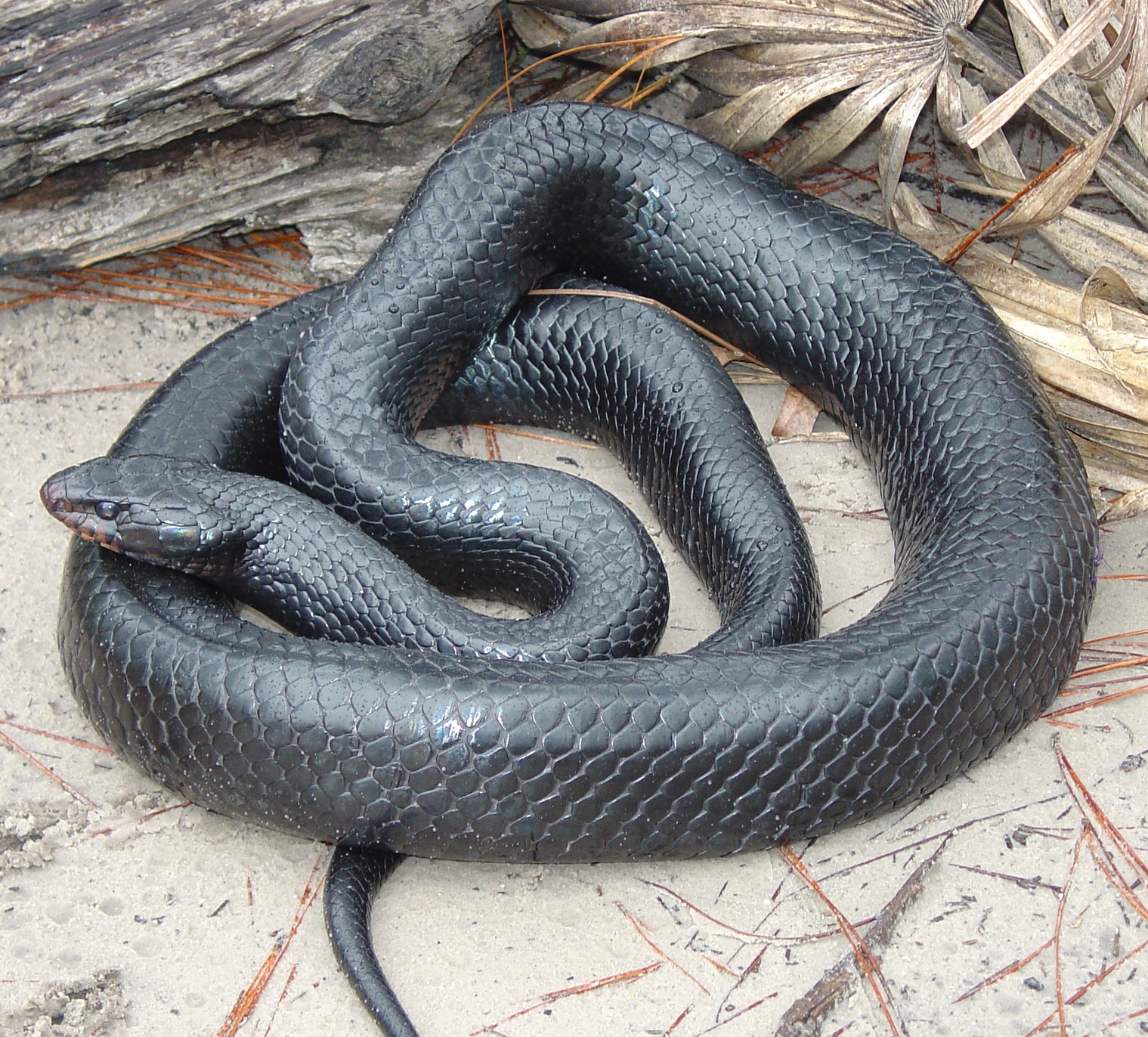
Creating strategic rock formations provides excellent cover for many ground-dwelling snake species, particularly those adapted to rocky habitats. When arranging rocks, focus on creating stable structures with various-sized gaps and crevices that offer snakes multiple options for concealment. Flat stones can be stacked with small spacers to create narrow retreats that make snakes feel secure while excluding larger predators. For outdoor installations, consider creating south-facing rock formations that capture and retain heat, serving as thermal refuges during cooler periods. Always ensure rock structures are stable and won’t collapse when snakes move through them, which might require setting larger rocks partially into the soil for added stability. Native limestone, sandstone, or granite work particularly well as they closely resemble natural formations found in many snake habitats.
Log and Stump Hideaways
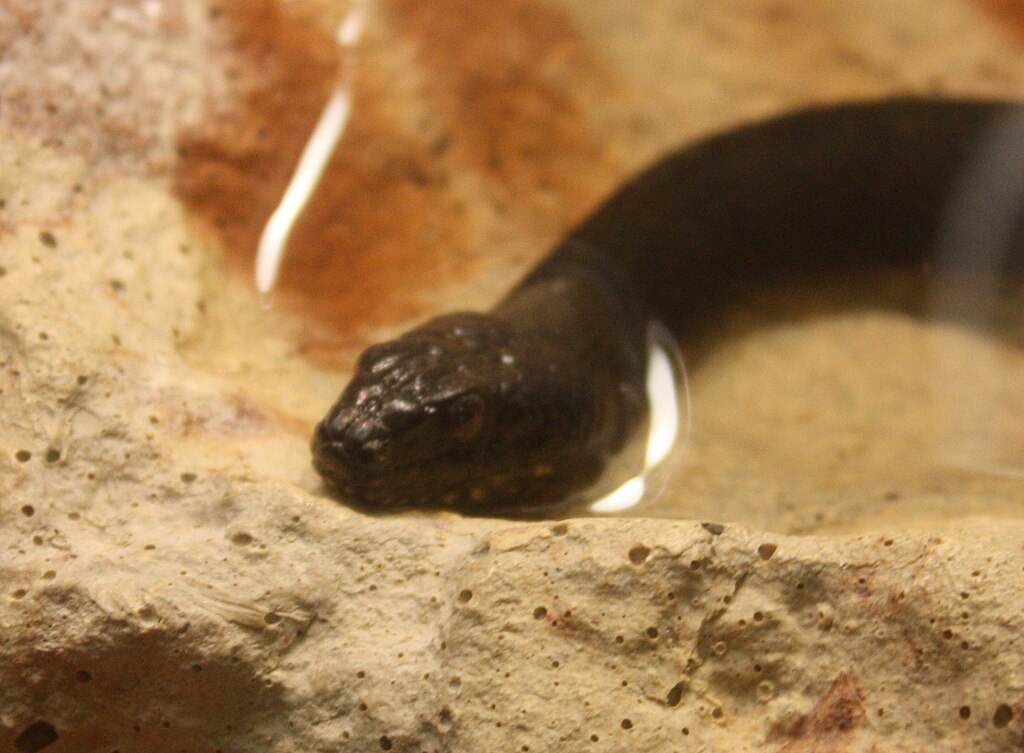
Decaying logs and stumps create ideal natural shelters that offer multiple benefits for ground-dwelling snakes. As wood decomposes, it creates a humid microclimate that many snake species prefer, while also attracting insects and other prey animals that snakes may feed upon. When incorporating logs into a snake habitat, choose hardwood varieties when possible, as they decompose more slowly and provide longer-lasting cover. Partially buried logs create excellent edge habitat where snakes can transition between underground and surface environments. Hollow logs offer ready-made tunnels that snakes instinctively recognize as safe retreats, while those with loose bark provide additional hiding opportunities beneath the separating layers. In naturalistic enclosures, cork bark rounds and flats can simulate the effects of decomposing logs while being more resistant to mold and decay.
Leaf Litter and Natural Substrate Layers
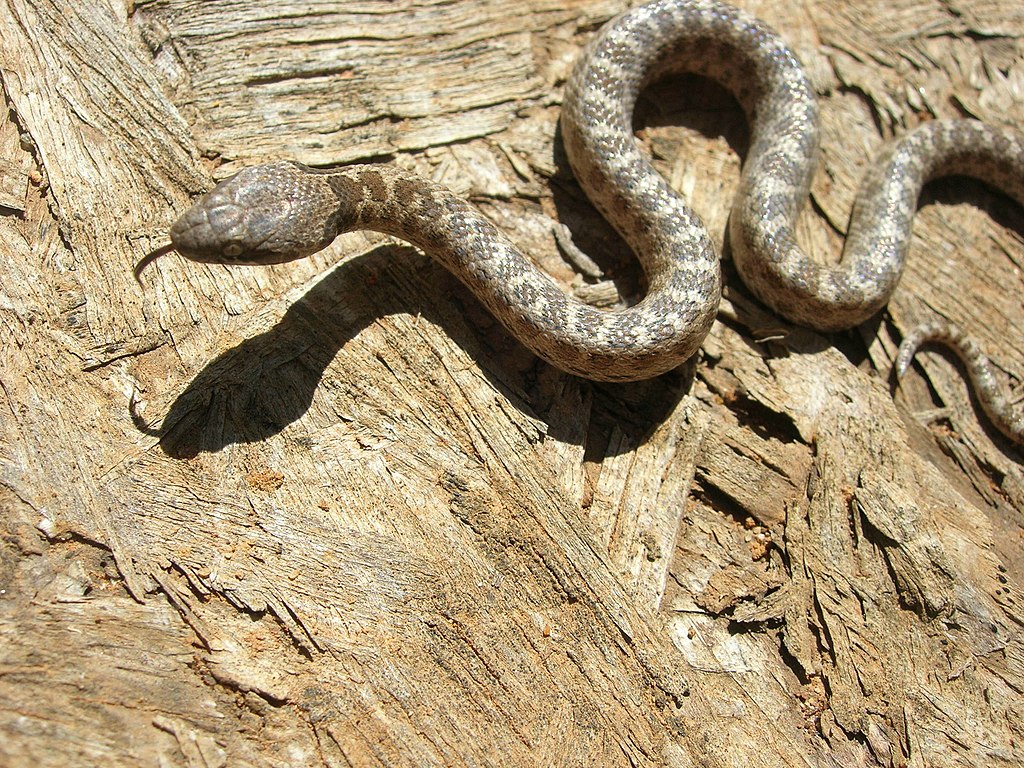
A generous layer of leaf litter provides essential ground cover that benefits many snake species, particularly those adapted to forest floor habitats. Fallen leaves create a complex microhabitat where snakes can move virtually undetected while hunting or escaping predators. The decomposing organic material generates heat through microbial activity, creating warm pockets that snakes can utilize during cooler weather. When creating leaf litter zones, incorporate leaves from hardwood trees like oak, maple, and beech, which break down more slowly than softer varieties. For the most natural effect, build substrate in layers – coarser materials like small branches and bark pieces on the bottom, followed by partially decomposed leaves, topped with fresh leaf litter. This stratification creates a dynamic environment that more closely mimics natural forest floors and supports beneficial soil organisms.
Strategic Vegetation Planting

Carefully selected vegetation creates living cover that evolves and improves over time while offering excellent concealment for ground-dwelling snakes. Native grasses with dense growth habits provide perfect corridor cover, allowing snakes to move through areas while remaining hidden from aerial predators. Low-growing, spreading plants like creeping juniper, bearberry, and native groundcovers create shaded retreats at ground level that snakes can utilize during hot periods. When designing planted areas for snakes, incorporate vegetation of varying heights and densities to create a mosaic of microhabitats with different temperature and humidity profiles. Choose plants that are non-toxic to reptiles and avoid those requiring frequent maintenance, as disturbing the habitat regularly may stress resident snakes. For outdoor settings, consider creating vegetation clusters with open basking areas between them, allowing snakes to move between sun and shade as needed.
Underground Retreats and Burrow Systems
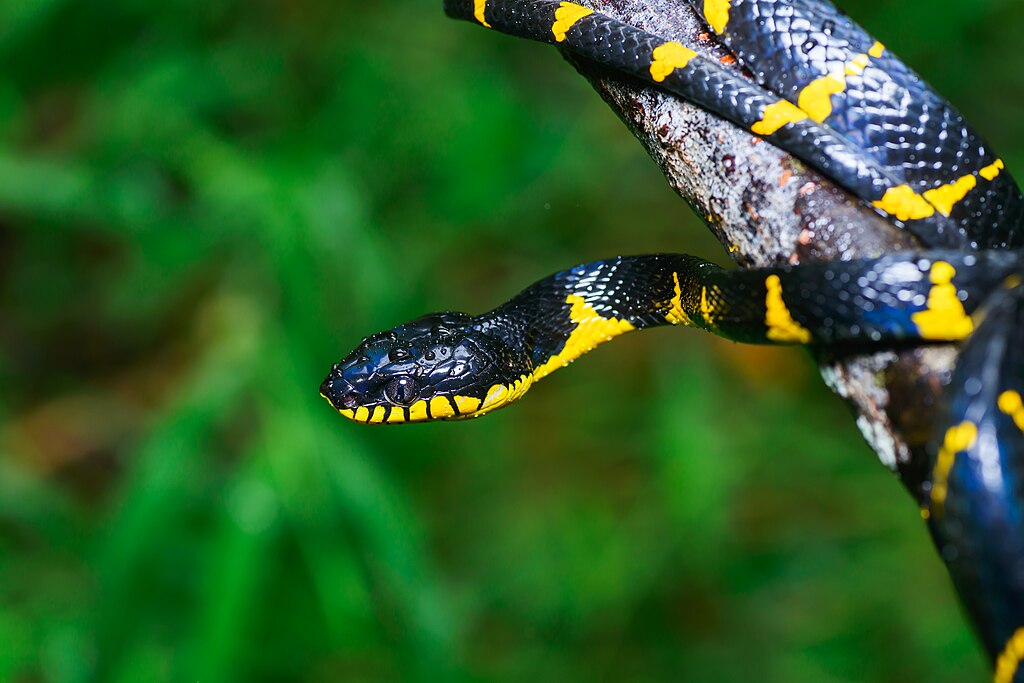
Many ground-dwelling snake species naturally seek underground retreats, making artificial burrow systems an excellent addition to their habitat. Creating simple tunnel networks allows snakes to escape extreme temperatures and predators while providing secure resting places. PVC pipes (4-6 inches in diameter) partially buried and covered with soil create effective tunnel systems that snakes readily utilize, especially when multiple entrance points are provided. For a more natural approach, arrange stones or logs to create cave-like structures, then cover them partially with soil to create an insulated underground retreat. In suitable climates, consider incorporating hibernacula—specialized winter dens that extend below the frost line—allowing snakes to safely overwinter in outdoor habitats. These deeper chambers should have good drainage while maintaining stable temperatures, often achieved by backfilling with a mixture of sand, soil, and small rocks.
Brush Piles and Woody Debris
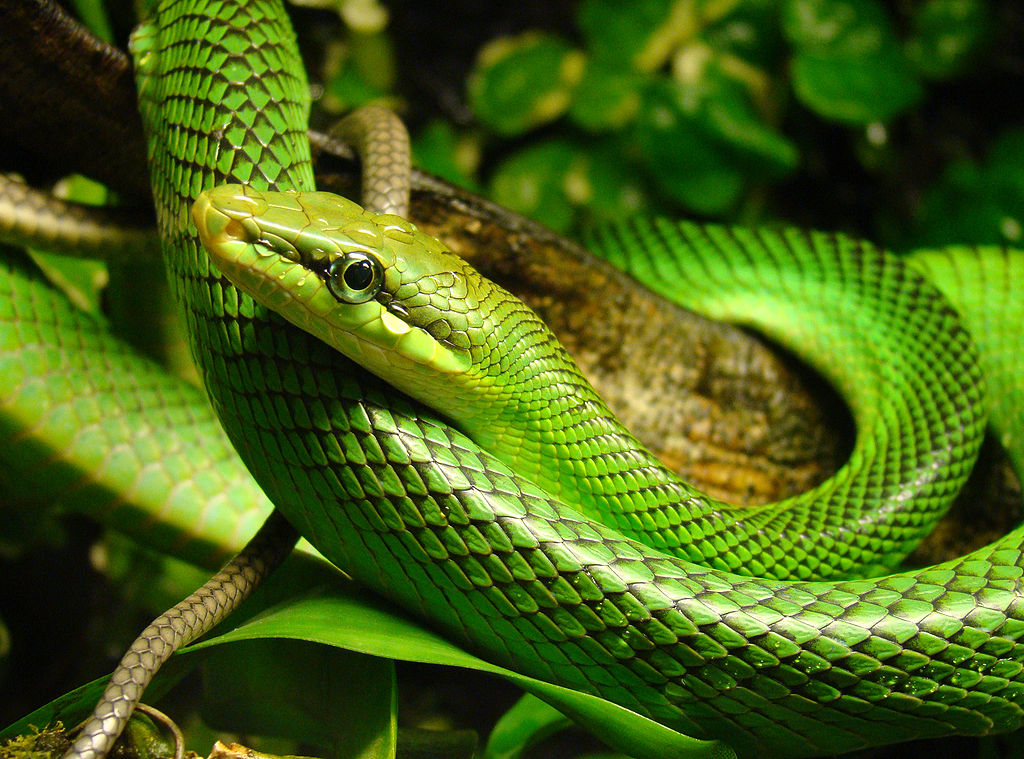
Strategically placed brush piles create excellent transitional habitat that benefits numerous snake species while utilizing readily available materials. When constructing brush piles, start with larger branches or logs as a foundation to create ground-level gaps and tunnels, then layer progressively smaller branches on top to form a dense but penetrable structure. The resulting tangle of woody material creates countless hiding spots while allowing air circulation and sunlight penetration at varying levels. Brush piles work particularly well at habitat edges, creating buffer zones between open areas and denser cover where snakes can bask safely while remaining partially concealed. For longevity, incorporate some slow-decaying hardwoods in the base structure while allowing faster-decomposing materials to break down naturally, creating nutrient-rich soil underneath. In managed landscapes, brush piles can be strategically placed to connect isolated habitat fragments, creating wildlife corridors that snakes can use to move safely between areas.
Creating Temperature Gradients
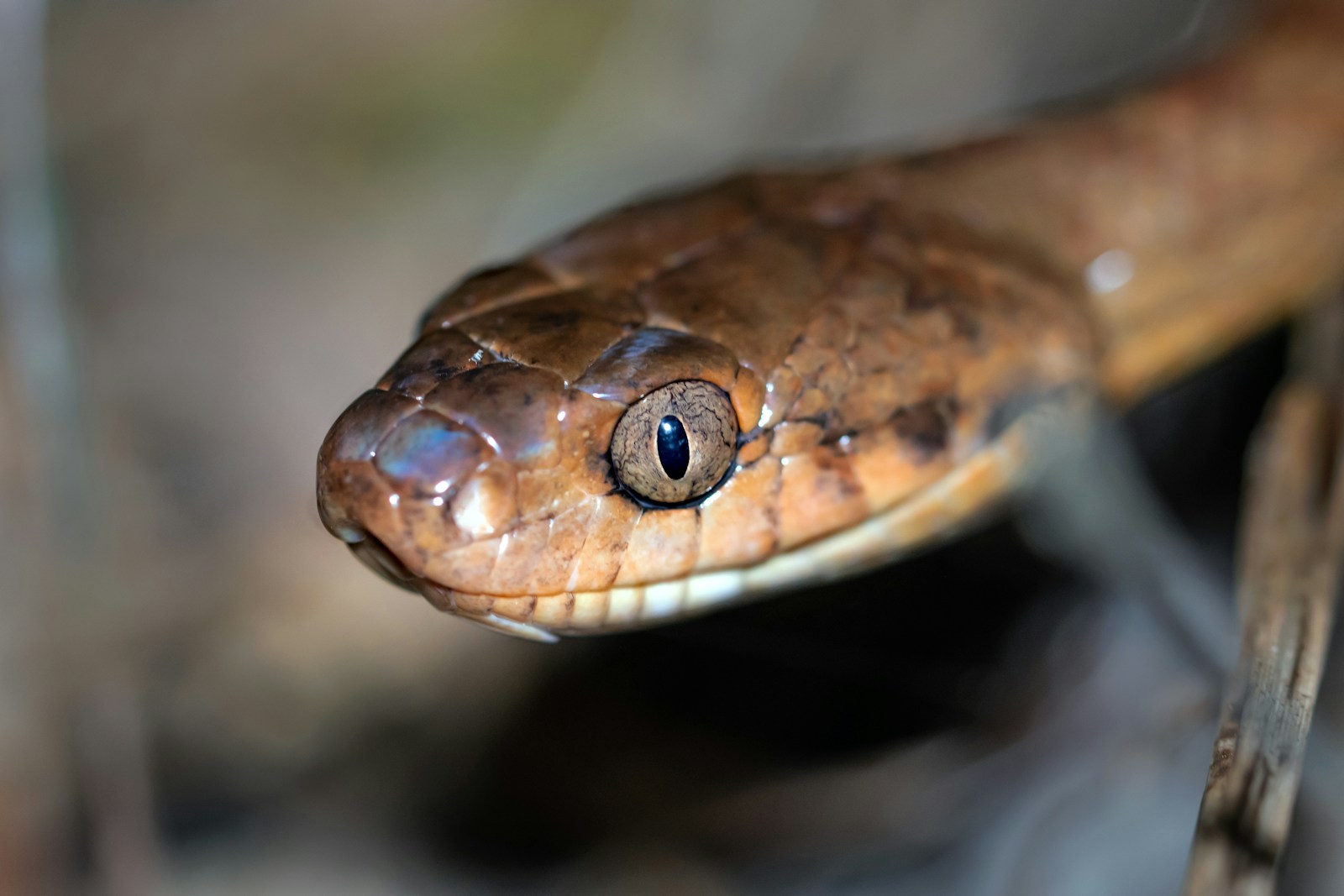
Effective snake habitats must incorporate temperature gradients that allow these ectothermic animals to thermoregulate throughout the day. By strategically arranging cover elements, you can create a range of microhabitats with different temperature profiles within a relatively small area. Position some rock formations or logs in areas that receive morning sun but afternoon shade, creating warming stations that won’t overheat during the hottest part of the day. Dense vegetation and deeper burrows should be available in areas that maintain cooler, more stable temperatures for retreat during extreme heat. For optimal functionality, ensure that snakes can move between temperature zones without exposing themselves completely, using connected cover elements like brush, vegetation corridors, or partially buried logs. In enclosed habitats, this temperature mosaic can be enhanced by positioning heat sources to create warmer zones adjacent to cooler retreats, allowing captive snakes to thermoregulate naturally.
Water Features and Humid Microclimates

Incorporating water elements creates essential humid microclimates that benefit many ground-dwelling snake species, particularly those from more tropical environments. Small, shallow water features with gently sloping edges allow snakes to drink and occasionally soak while providing elevated humidity in the surrounding area. Strategic placement of moisture-retaining elements like sphagnum moss, coconut fiber, or decaying wood near water features extends the humid zone, creating gradient conditions that allow snakes to select their preferred moisture level. In outdoor habitats, consider creating depressions that collect rainwater temporarily or positioning cover elements in naturally moist areas like those with morning dew accumulation. For enclosed habitats, humidity shelters can be created using plastic containers with entrance holes, lined with damp sphagnum moss and positioned in cooler areas of the enclosure to prevent rapid evaporation. These humid retreats are particularly valuable during shedding periods when snakes require elevated moisture levels to successfully remove their old skin.
Seasonal Considerations for Outdoor Habitats
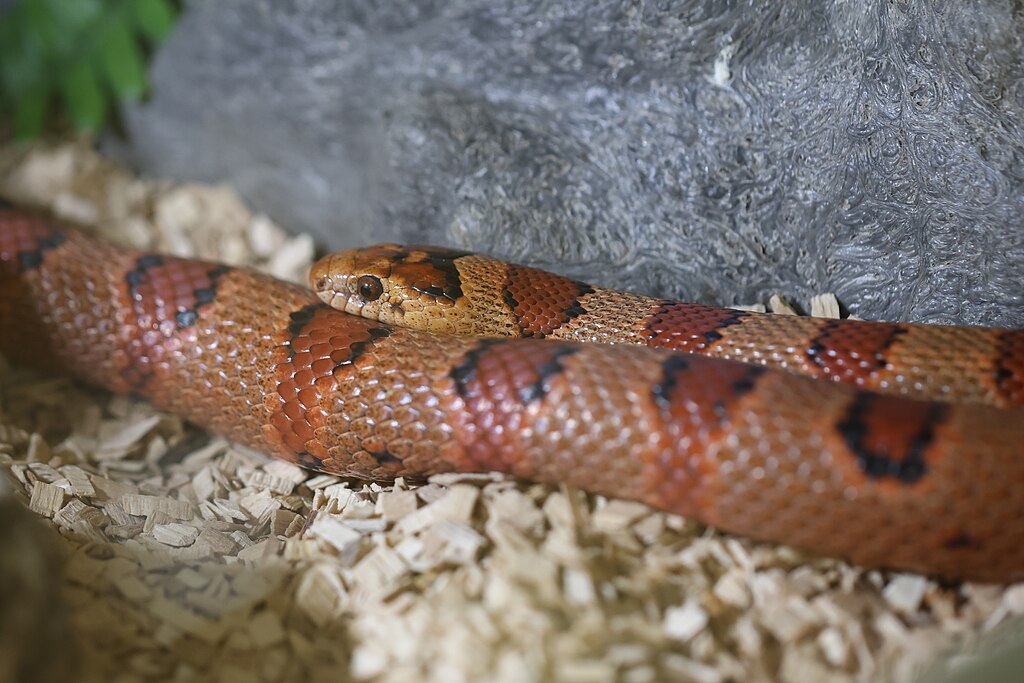
Snake habitats in outdoor settings must address seasonal changes to provide year-round support for resident reptiles. During spring and fall, south-facing rock structures that warm quickly in the sun provide crucial basking opportunities during cooler weather, allowing snakes to become active earlier and later in the season. Summer habitats should include dense vegetation or deep burrows that maintain cooler temperatures during heat waves, preventing dangerous overheating. For regions with cold winters, hibernation sites that extend below the frost line are essential, typically incorporating moisture-resistant chambers filled with material that provides insulation while allowing some air exchange. Seasonal maintenance should be timed to minimize disturbance during sensitive periods; major habitat modifications are best done during mid-summer when snakes are fully active rather than during spring emergence or fall preparation for brumation. By understanding the seasonal needs of local snake species, habitat features can be designed to support these reptiles through the entire annual cycle.
Maintenance and Long-Term Management
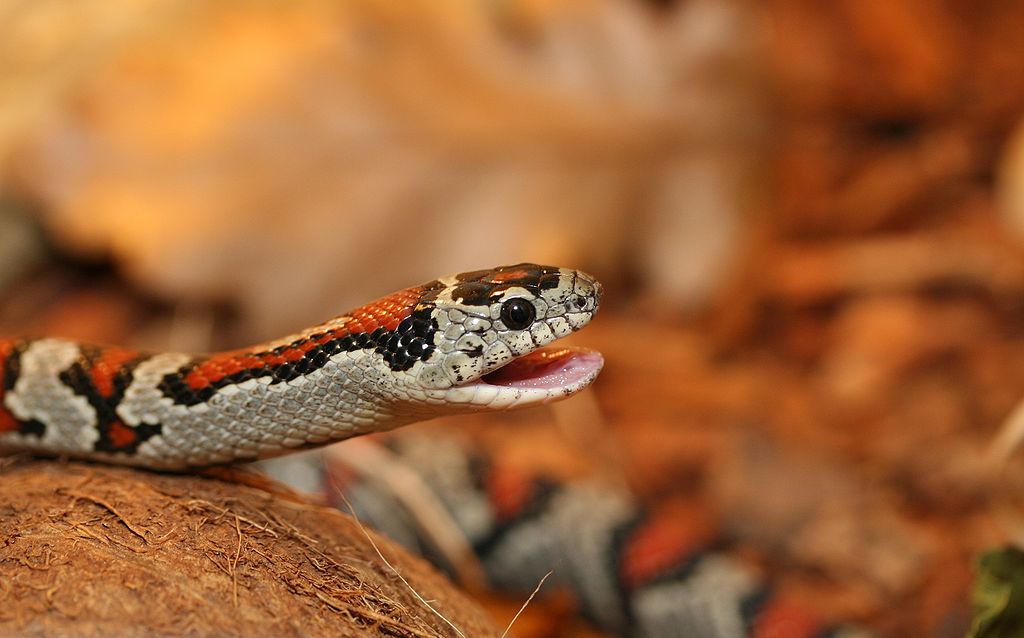
Creating snake-friendly cover is just the beginning—proper maintenance ensures these habitats remain functional for years to come. Regularly monitor cover elements for stability, particularly after heavy rains or freezing conditions that might shift rock formations or deteriorate wooden structures. As organic materials decompose, periodically add fresh leaf litter, branches, or logs to maintain adequate cover density without disturbing established areas that snakes may already be utilizing. Manage encroaching vegetation that might shade important basking areas or create unwanted moisture, but avoid aggressive pruning that could suddenly expose snake retreats to predators or adverse conditions. For captive habitats, establish a rotation system for cleaning and replacing substrate and hide materials to minimize disruption to the snake’s routine. With outdoor installations, maintain buffer zones around snake habitats to reduce accidental encounters with humans or pets, using signage if necessary to indicate wildlife-friendly areas that should remain undisturbed.
Combining Elements for Optimal Snake Habitat

The most effective snake habitats incorporate multiple cover types to create a complex environment that meets all of a snake’s biological needs. Rather than focusing exclusively on one type of cover, consider how different elements complement each other to provide a complete habitat system. For example, rock formations positioned adjacent to brush piles create thermal transition zones where snakes can shuttle between warmer and cooler areas without traveling far. Underground retreats extending beneath log piles offer multiple escape options and varied humidity levels within a single refuge complex. When designing comprehensive habitats, consider creating “edge habitat” where different cover types meet, as these transition zones often support the greatest biodiversity and offer snakes the most options for thermoregulation and predator avoidance. The ideal snake habitat provides a mosaic of interconnected microhabitats, allowing these adaptable reptiles to select the precise conditions they need at any given time.
Conclusion
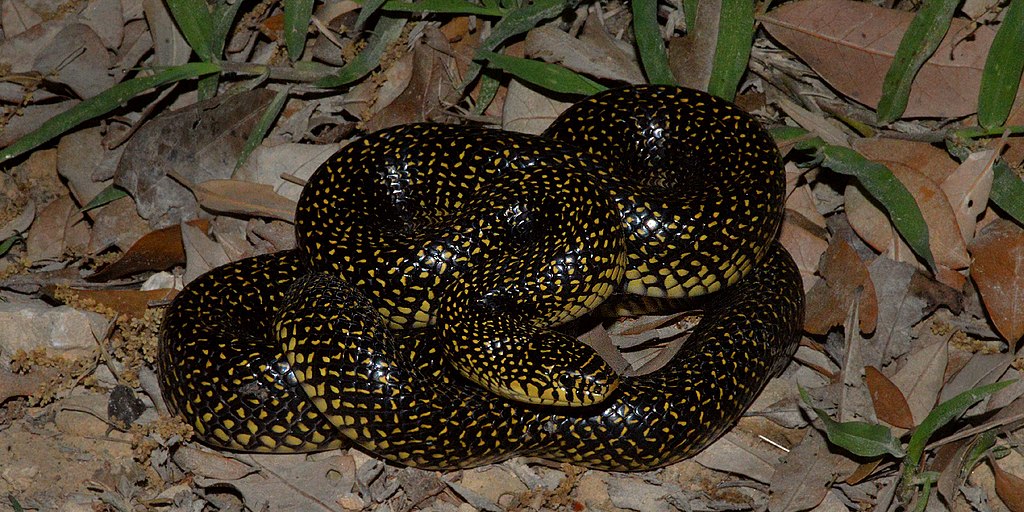
Creating natural cover for ground-dwelling snakes requires understanding their biological needs and mimicking the complex environments they’ve evolved to inhabit. By incorporating a variety of natural materials and thoughtfully designing habitat features, we can provide these remarkable reptiles with the security, thermal options, and hunting opportunities they require to thrive. Whether you’re enhancing an outdoor space to support local snake populations or creating a naturalistic enclosure for captive specimens, prioritizing diverse, interconnected cover elements will yield the best results. Remember that the most effective snake habitats aren’t static displays but dynamic, evolving ecosystems that improve with time as materials weather, plants grow, and natural processes enhance the complexity of the environment.

